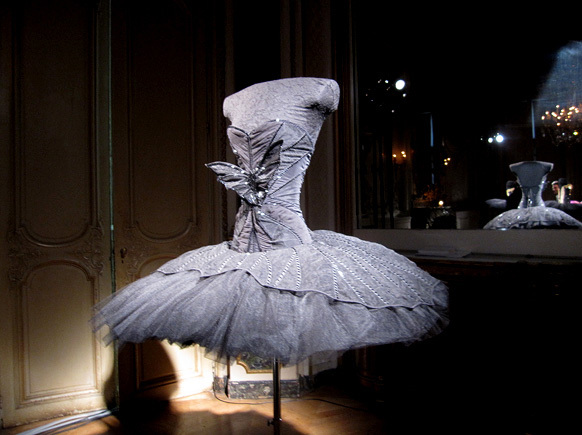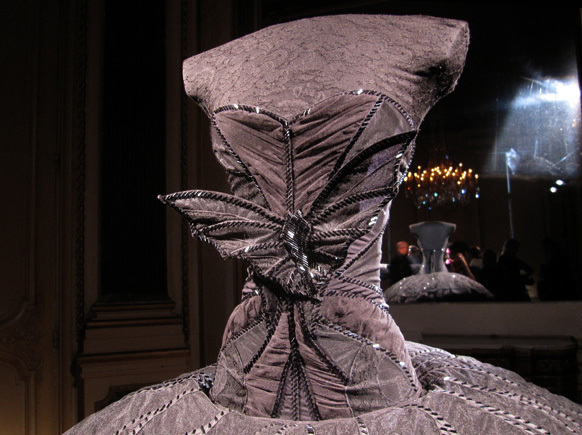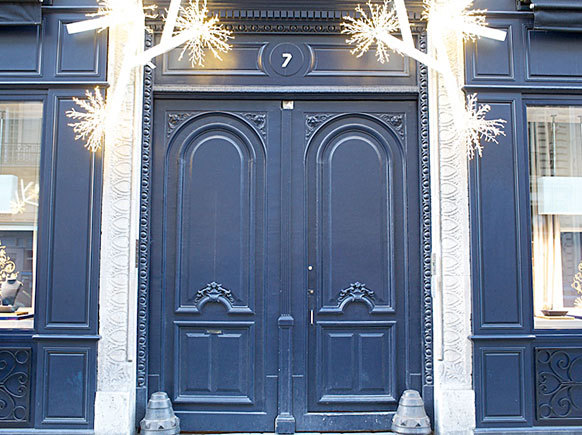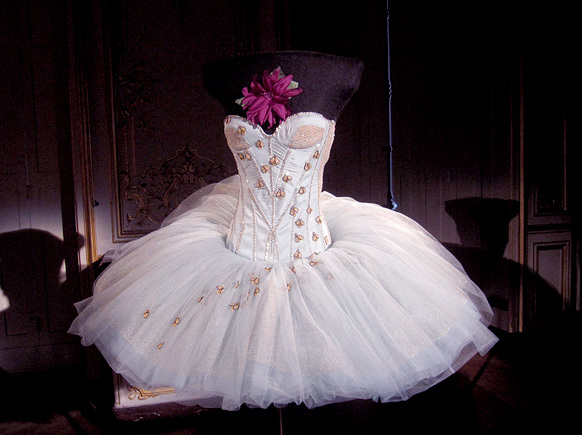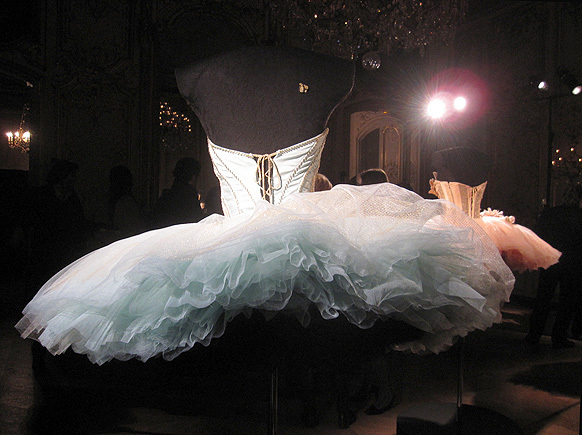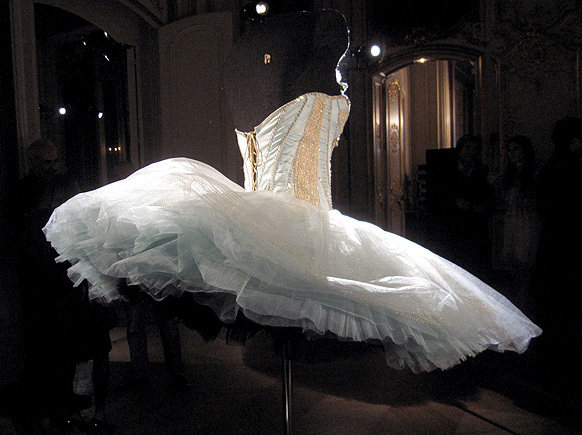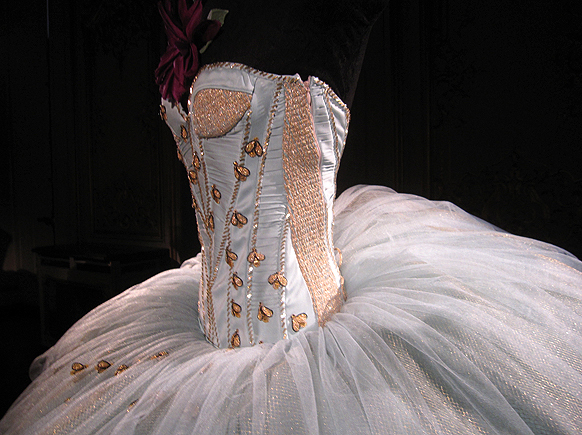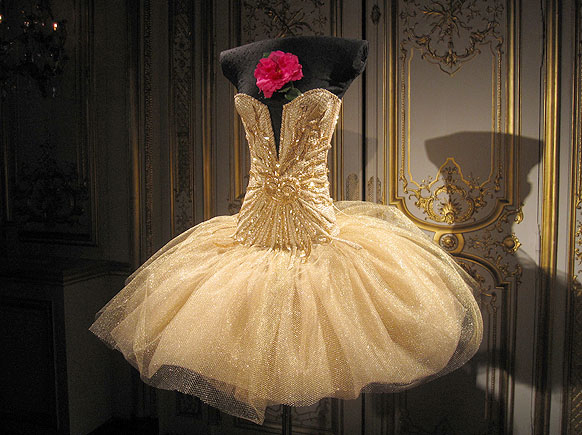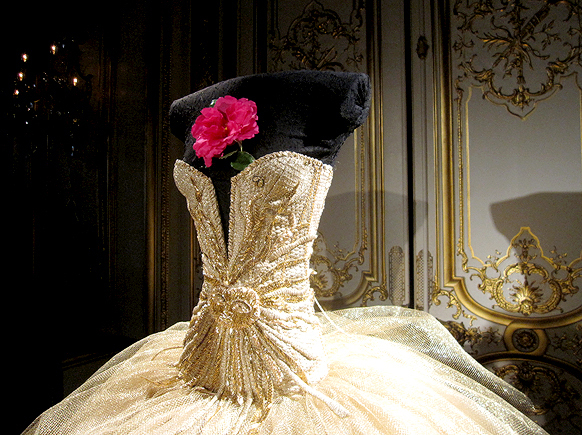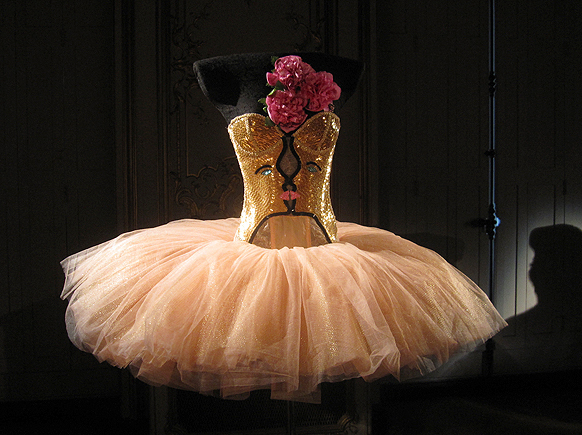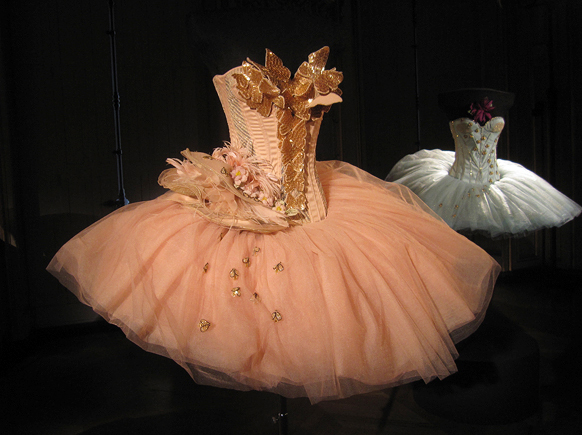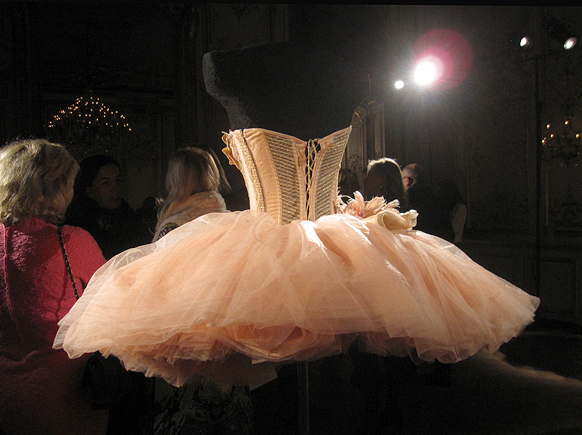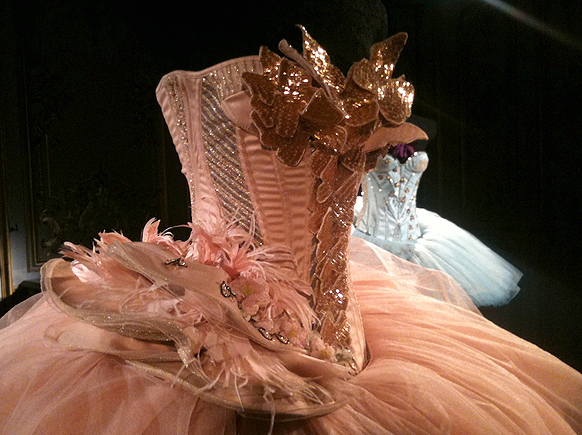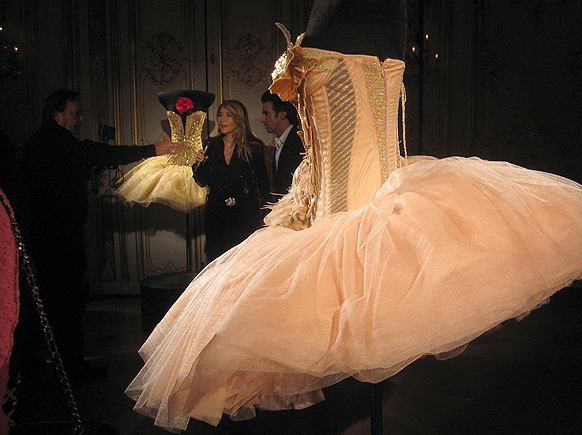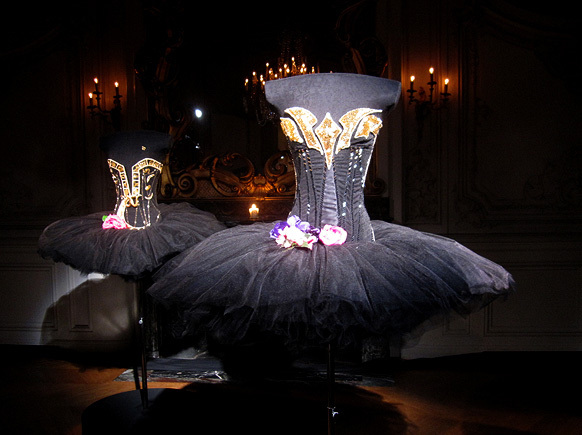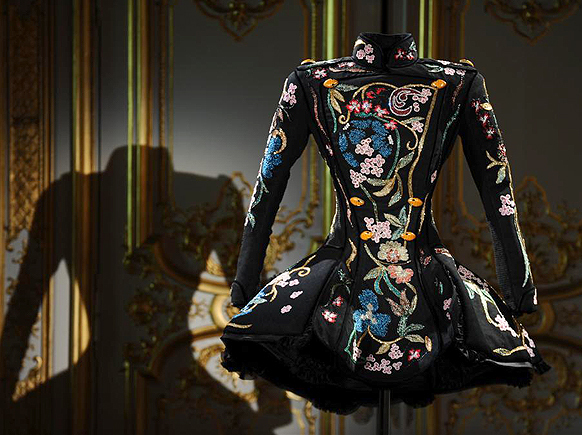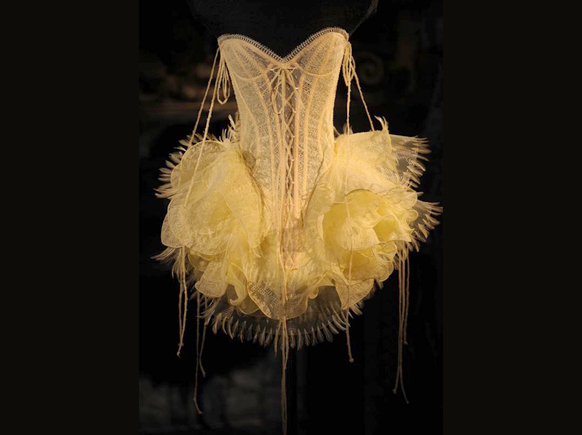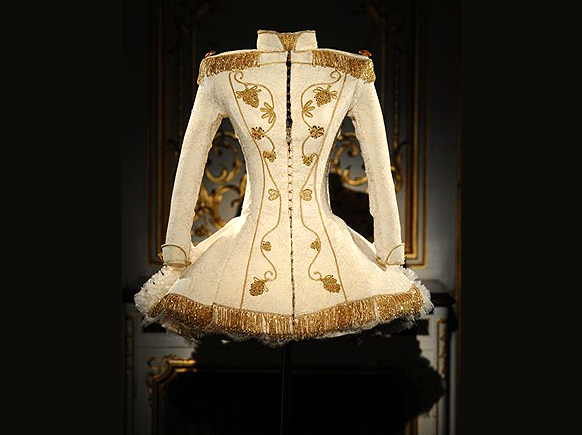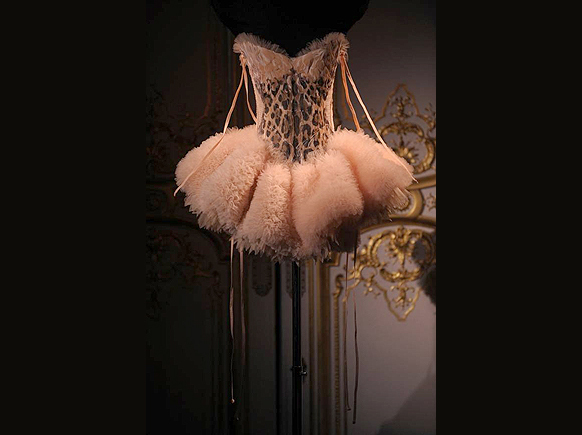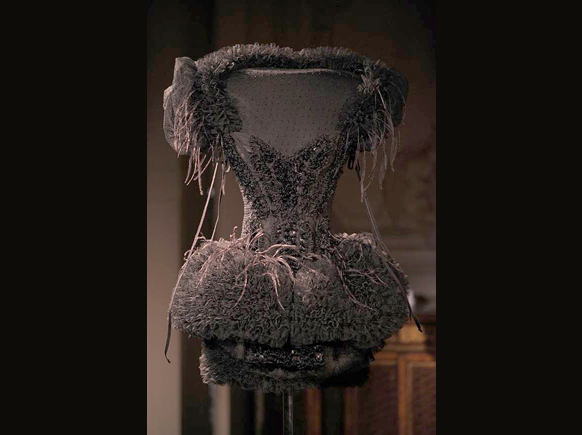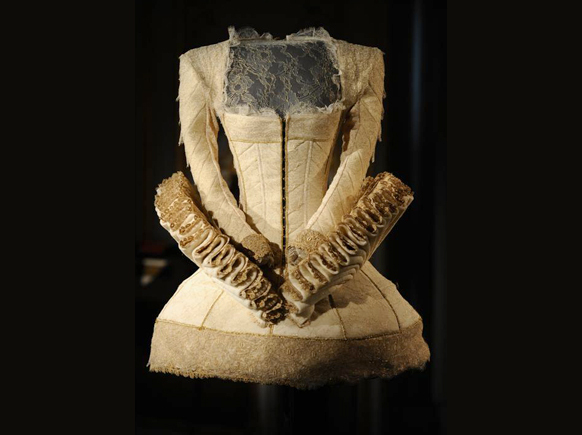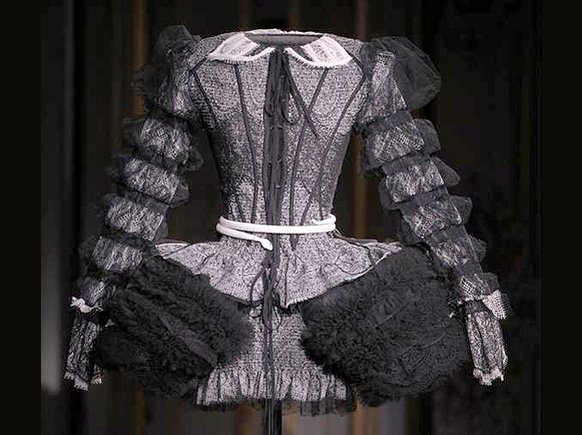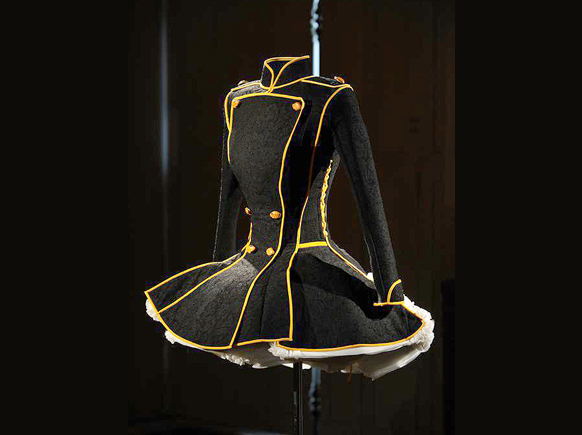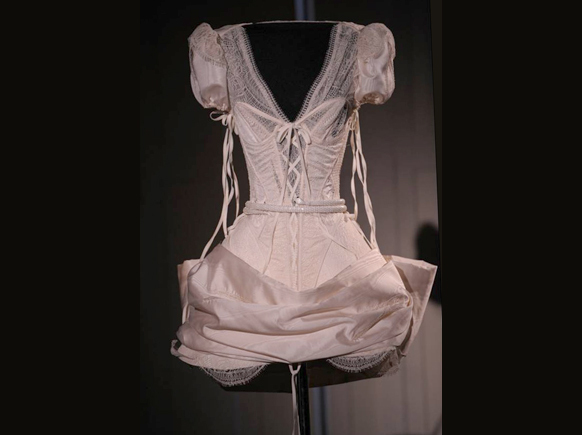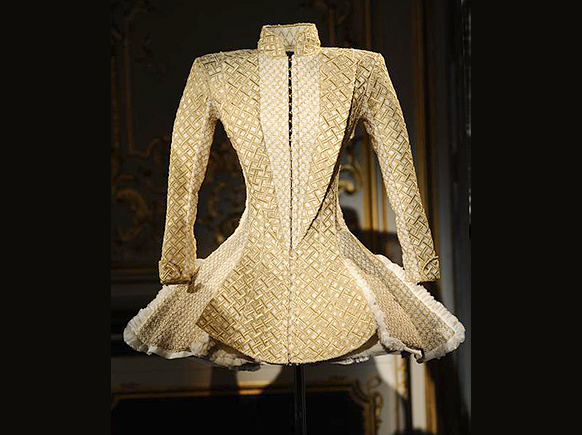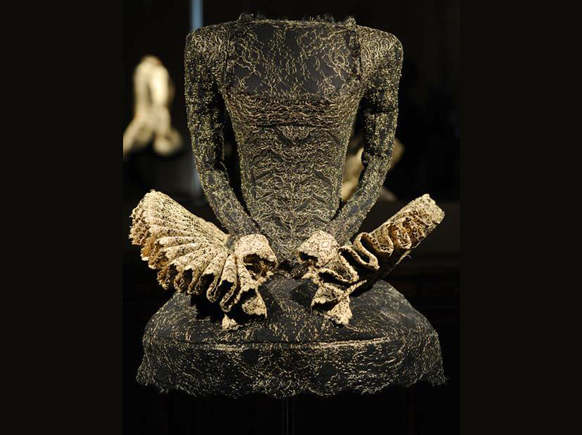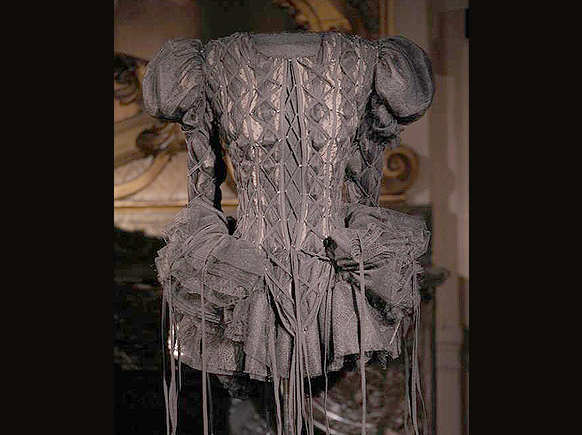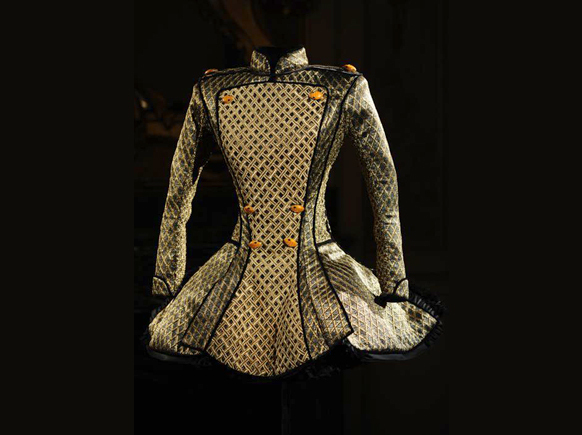Well WORTH a fresh look
The comeback of the House of Worth began in 2010 with a handful of delicate tops, then proceeded to sculptured redingotes, plus a ‘heritage remix’ of the famous fragrance Je reviens (“I’ll be back”). For spring and summer 2011, a series of lavish tutu dresses followed. In historical terms, more than merely a label has been re-awakened. Worth has a unique fashion history, one equally shared between London and Paris.
This history was forged by an Englishman named Charles Frederick Worth. Although born in Lincolnshire in 1826, it was Worth who created French couture. He also helped establish our conception of the fashion designer as whimsical, haughty and demanding. Worth dressed whomever he pleased and he dismissed customers if they seemed unimportant. Often, he would rip up a nearly-finished creation and begin it all over again.
The new House of Worth is employing Giovanni Bedin as its designer. At 35, this former employer of Thierry Mugler has produced two collections. Each features sumptuous, tight-waisted pieces whose severe silhouettes (offset by furbelows) recall the maison’s Victorian heyday. Lavish trim pays homage to the opulence of original Worth designs.
The man who built the name Worth first apprenticed in London, at the linen drapers Swan and Edgar. But, at the age of 20, he set off to emparisienner (become modishly Parisian) at the shop La Ville de Paris, later moving to a drapers, Gagelin and Opigez. Fashion was still in the era when women chose their styles from fashion illustrations, then commissioned them to be made up by professional dressmakers. When Worth married Gagelin house model Marie Vernet, he began designing gowns to suit her. Because customers praised them, the house allowed him to offer a few samples their clients might order. But they balked at letting Worth’s set up a dressmaking salon.
Nevertheless, he realised that dream in 1858, thanks to backing by a wealthy young Swede, Otto Bobergh. The address of their maison, 7 rue de la Paix, soon became synonymous with the utmost in Parisian style.
The duo certainly chose the perfect moment to make such a move. Self-declared French monarch Louis-Napoléon Bonparte was presiding over a transformation in Paris. Under Bonaparte’s Second Empire, Haussman was creating the grand boulevards, industry had produced an explosion of white collar workers (all keen to parade their higher social standing) and department stores like le Bon Marché were making shopping a public sport.
Worth’s status skyrocketed when the Austrian ambassador’s wife became a customer. Better known as Princess Metternich, she soon introduced him to Empress Eugénie – who also couldn’t get enough of Worth’s gowns. Less popular with French aristocrats than among rich foreigners, Napoleon and Eugenie’s Court used luxury to symbolise legitimacy. They even set a fashion for extravagant costume balls, where participants were almost exclusively dressed by Worth. The designer even did his bit for labor relations. His extensive use of lace, passementerie and Lyons silk helped Napoleon keep restive French artisans happy.
Worth had an imagination that proved the equal of any demand. His early shapes – bold and expressive – were based on studying how female bodies moved under corsets and crinolines. But, as his career progressed, Worth gained the clout to change trends completely; he wooed women out of old-fashioned bonnets which hid their faces and, eventually, got them out of hoops. Worth introduced a shorter Victorian ‘walking dress’, as well as slimmer, sheath-style silhouettes,whose drama depended upon artful draperies rather than crinolines.
Yet it was how maison Worth functioned that created couture. The master’s atelier always presented Worth with muslin samples made up from each design. The house produced four collections every year, thus establishing the ‘seasons’ of couture. Worth was the first to use live models to show clients new designs – and the first to sew a house label in every garment.
Above all, Worth had a nose for publicity. He made sure his wife was always seen in his latest gowns at the Longchamps racetrack; he courted famous opera stars and actresses such as Sarah Bernhardt. Yet he also dressed courtesan Cora Pearl, down to her very lingerie. (Unlike some Parisians, Worth knew Pearl was formerly just Emma Crouch from London). He was also fond of rich American ladies, who brought the house “faith, figures and francs”. A good thing, since Worth was always infamous for what he charged.
The London branch of Maison Worth, which opened in 1898, would outlive the Paris house. But the name’s most powerful tool proved its scent Je Reviens. While pére Worth had reserved this for celebrity clients, his sons Jean-Philippe and Gaston made it available to anyone. Partly on the strength of Worth Parfums, the maison continued through four generations of family. In London, Worth remained a very modish name right through the late 1960s.
Its name and pedigree made Je Reviens the ultimate souvenir of Paris. In two World Wars, it was the soldiers’ choice of gift for sweethearts or mothers, a choice later followed by generations tourists. In August of 2010, initially in London and Paris, the re-united House of Worth uncorked a ‘heritage’ version. This Je Reviens of course retains its celebrated bottle in a classic blue whose architectural ridges were once ultra-modern.
The Worth history makes a perfect match for today’s luxury market. Thus numerous plans are afoot for the 21st century. These include stand-alone Worth stores in London and Paris, a new line of prêt-à-porter, plus fine jewellery and lingerie. Whatever actually happens, the mere mention of that name will always recall a master – one whose story has few fashion equals.
Want to learn more about Worth? Check out Diana De Marly’s Worth, Anne Hollander’s, “When Worth Was King” in The Fashion Reader, Welters and Lillthun or Valerie Steele’s Paris Fashion, A Cultural History.


